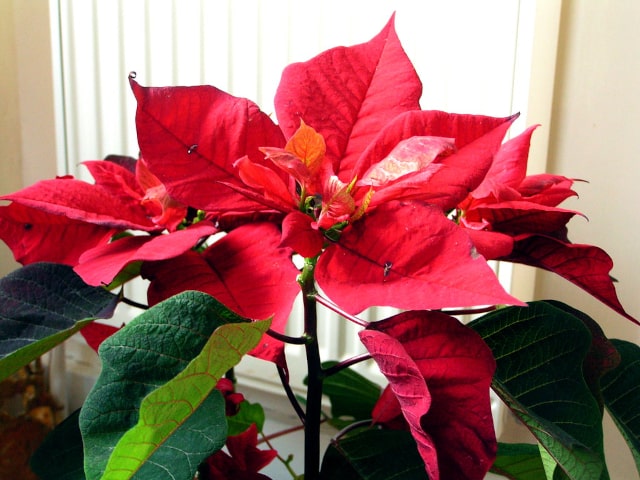
The poinsettia is a popular houseplant and one of Christmas symbols. This plant is a shrub native to Mexico, Central and South America. It is known as "Flor de la Noche Buena, or "flower of the Holy Night" in Mexico. Other common names are "Flor de Pascua", or "Christmas flower" or simply "Pascua". The plant's time of flowering coincidences with the Christmas season, which makes it a popular Christmas plant.
The plant is called poinsettia in honor of the man who introduced it in the United States, dr. Joel Roberts Poinsett. He liked its bright bracts and thought it would make a nice addition to traditional Christmas greenery. At first, the cuttings of the plant were sent to a nurseryman in Philadelphia. Some growers recognized that climate conditions in southern California might be more suitable for the plant since they resemble the plant's native habitat. The growers began successfully propagating poinsettia in the Californian setting.
True Flowers and Bracts
This plant is not so much popular because of its flowers but because its bracts. The poinsettia plant has peculiar, unique flowers. What it seems like a flower structure is very organized, with sepals, petals, stamens and pistil growing in a regular arrangement and sequence.
The true flowers, however, are actually small greenish structures located in the center of a rich rosette or flaming, bright red bracts ("floral leaves"). True flowers are unimpressive, hollow, green globular structures. They have a circular opening at the top resembling a teapot without a lid.
Several of these flower structures are borne within the hollow structure along with a pistillate ("female") flower. These two types of unisex flowers don't emerge at the same time from the cup ("cyathium"). This mechanism is there to insure cross-fertilization. The structure that appears on the outside of the cyathium resembles an ugly mouth and it contains nectar. Its purpose is to attract insects or even small birds in the tropics.
The most impressive feature of this plant are bright red floral bracts. They tend to be large in size and vary in color from the most common crimson to pink, cream and speckled. These are actually flower leaves radially arranged around the flower. Their main purpose is to attract birds and insects. These bright leaves are what makes the poinsettia so popular. The plant is liked because of its beautiful combination of the flaming so-called flowers and rich green leaves.
Caring for the Poinsettia
The poinsettia is successfully grown outdoors as a garden or hedge plant in Florida and California. It can often reach the height of about five feet. However, the bracts are newer as impressive or rich in color as they are in their native climate.
Cold temperatures often destroy the flowering top but the plant can withstand temperatures in the 20 degree F range. With some care the poinsettia can be successfully grown in the home.
In order to make the poinsettia keep its green leaves and to prevent them to turn yellow and drop, it's important to keep an even temperature. This plant is very sensitive to sudden temperature changes. Also, it's very important for the plant to be potted at the proper time and to have ample root space. Other things to provide are good soil and plenty of water. Another thing to keep in mind is to never place this plant near burning gas.
The kitchen is usually the best place in the house for the poinsettia since it provides just the right temperature and moisture. Another good choice is the living room since it is warm enough during the day.
If you wish to enjoy the plant's colors in another year, it's important to cut the plant back to the hard wood or to a height of 6 to 8 inches after the holiday season. After this, you should give it a dormant period. It means no watering for about 2 to 3 months. It's best to place it in the basement or a similar cold, dark place. In April, the plant should be repotted using a good potted mix. Bagged soil works great for this plant.
Photo credit: John Keogh
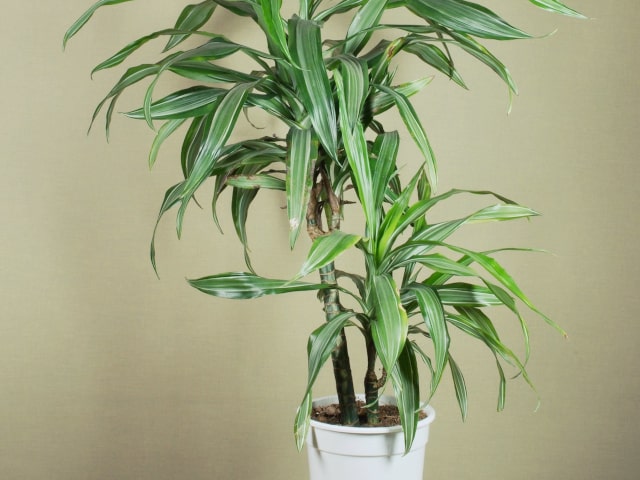
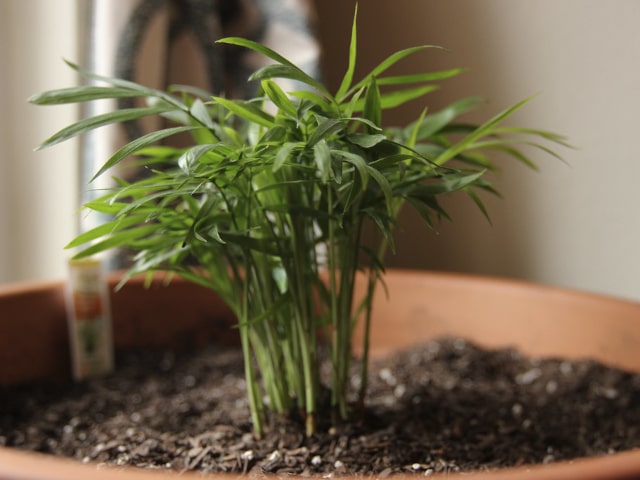
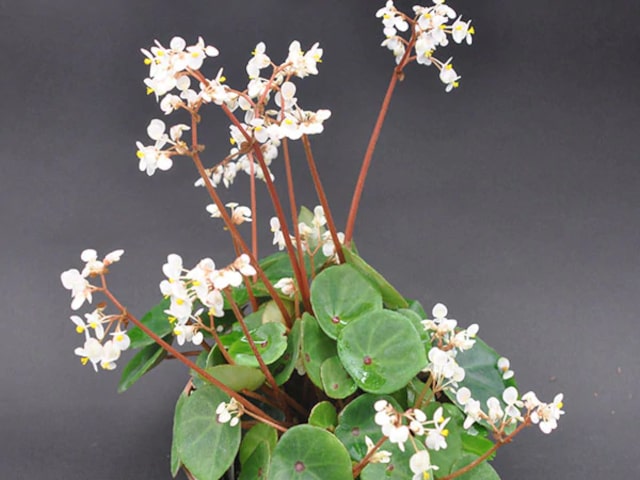
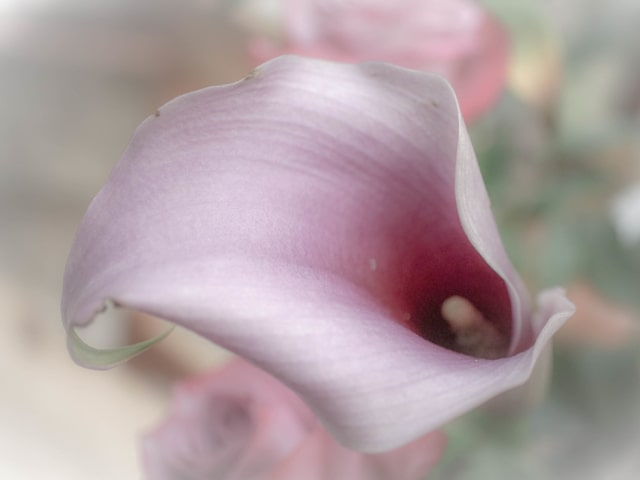
0 Comments